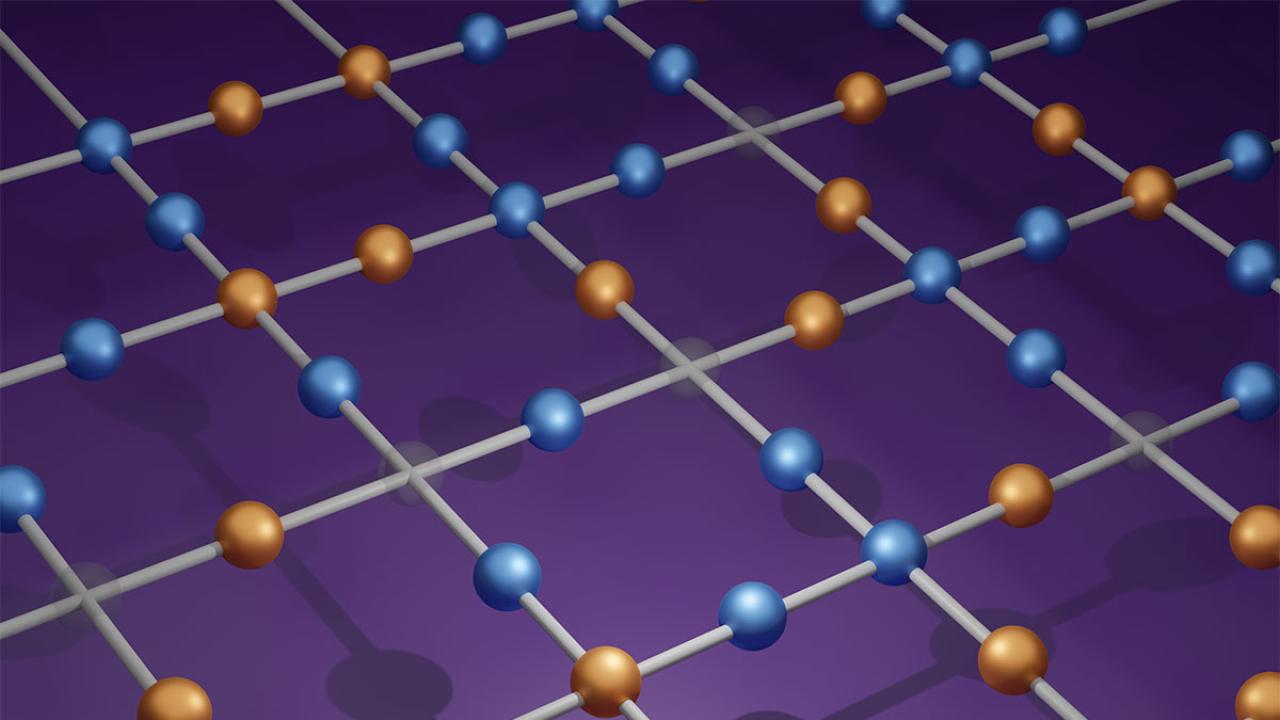
Quantum simulators provide unique opportunities for controlled studies of quantum many-body systems. One of the most appealing settings where these techniques may have a profound impact in the future is particle physics. In that context, the primary target is gauge theories - theories that made up the standard model of particle physics, that encompasses our understanding of both nuclear and electromagnetic forces. Finding specific realizations of such gauge theories in quantum computers and simulators have the potential to shed light on some of the most profound aspects of basic physical phenomena, in particular, for those that are not accessible by standard computational techniques.
In a new proposal published in PRX Quantum, an international team of scientists from Germany, Italy, Switzerland and the USA has introduced a novel method for quantum simulation of U(1) lattice gauge theories coupled to matter. This constitutes a first step towards realizing more complex gauge theories in order to study phenomena related to high-energy physics. By utilizing alkaline-earth(-like) atoms in state-dependent optical lattices, this proposal enables the study of gauge and fermionic-matter fields simultaneously in one and two dimensions. Through meticulous ab initio modeling of the experimental setting, the authors have systematically derived the target U(1) gauge theory. Overcoming conceptual and practical challenges, the method involves engineering lattice potentials for desired Wannier function structures to achieve gauge-invariant dynamics. The team proposes realistic experiments and demonstrate concrete experimental parameters for the fermionic isotope 173Yb.
This innovative approach not only identifies previously unaddressed conceptual and practical challenges but also effectively tackles them. By doing so, it opens up new avenues for harnessing the capabilities of quantum simulators in the study of lattice gauge theories, with applications ranging from the investigation of theories relevant to strongly correlated electrons in condensed matter, to the real-time dynamics of matter coupled to photons in a fully non-perturbative manner.
The international research team includes scientists from ICTP's Condensed Matter and Statistical Physics section.
















